[EVENTO] Pájaros Barro: residencia artística digital en el Museo Británico
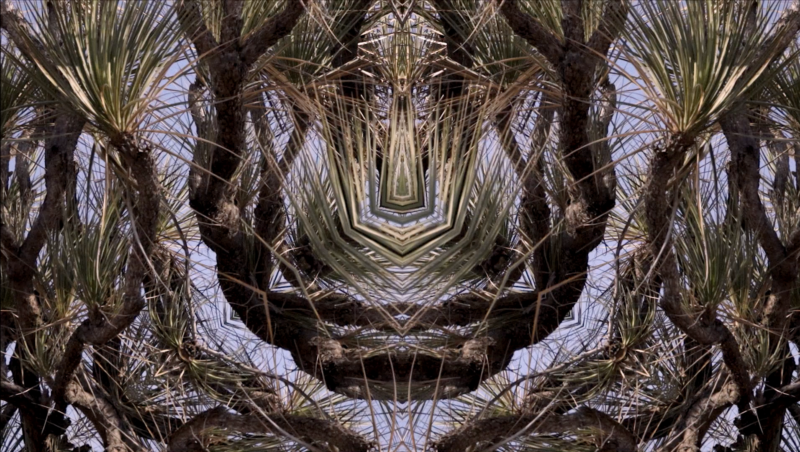
Sonidos e imágenes del territorio mesoamericano, junto a instrumentos tradicionales, son combinados por Martínez Valderrama para crear un «paisaje sonoro» de la región a través de su práctica artística experimental.
Saa Ñu’ú es el resultado de la residencia digital en el Centro de Excelencia Santo Domingo para la Investigación sobre Latinoamérica del Museo Británico. Ésta explora cómo los artistas pueden inspirarse en colecciones de museos a través de imágenes y videos, produciendo arte dentro de su propio paisaje cultural, en este caso, México.

Códice Zouche-Nuttall. ©Museo Británico
Martínez Valderrama worked alongside Indigenous archaeologists from three cultural and linguistic areas in Mesoamerica who reinterpret items such as the Tonindeye Codex (Zouche-Nuttall) and the Xiuhpohualli of Tenochtitlán (Aubin Codex).
This work is associated to the research project, ‘Ancient Writing, Contemporary Voices: Decolonising the Mesoamerican Quincentenary’, which critically commemorates the 500th anniversary of the fall of the Aztec capital Tenochtitlan, in what is now Mexico City, to Spanish conquistadores.
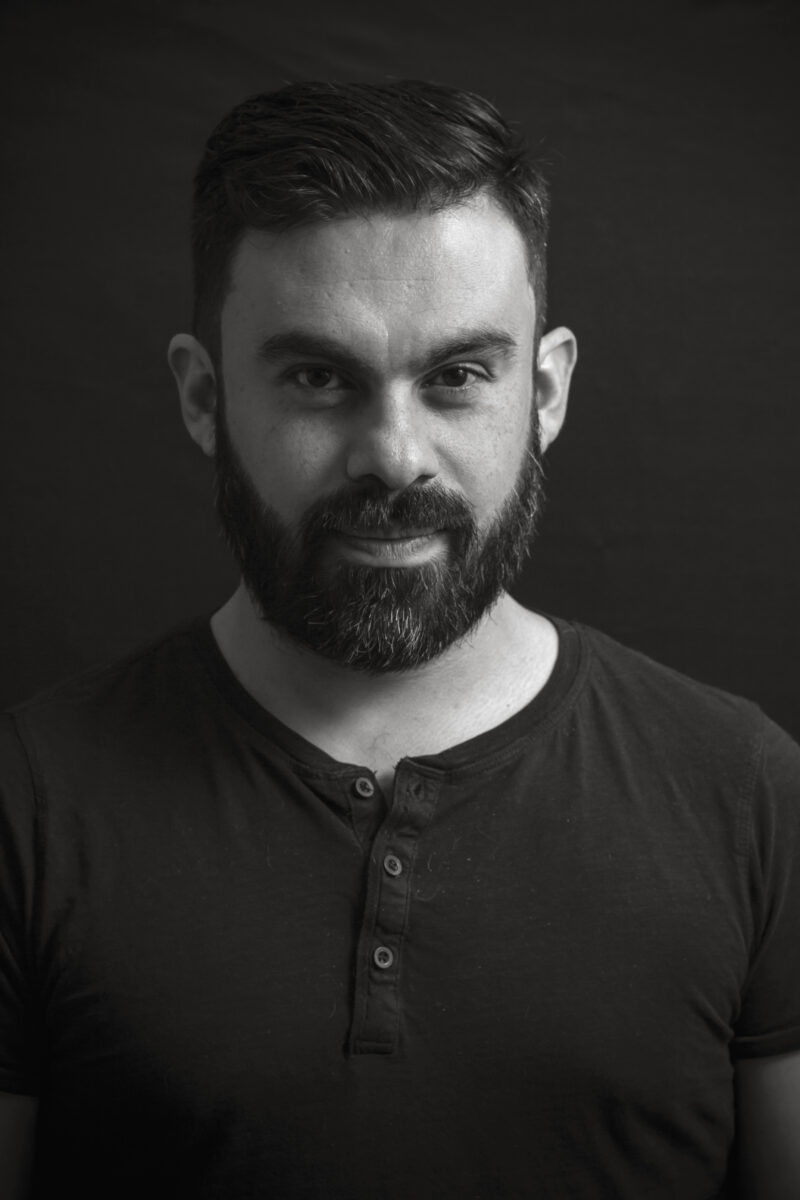
Jorge Martínez Valderrama
Composition
My artwork is an electro-acoustic soundscape composition, an ‘acoustic collage’ from an imaginary place that contains artificial sounds, some unpredictable and uncertain, that act like they had their own life force.
Saa Ñu’ú is composed of four groups of sounds: Mesoamerican musical instruments, sounds from nature (water, wind, fauna, and other ambiences), hybrid sounds, and processed sounds (via synthesis). The interwoven development of the work presents combinations and sound crossings, textures, tones, and concepts with the purpose to generate effects and complex sensations.
I have structured the Mixtec instruments, the sounds from nature, and the new collection of hybrid sounds that were digitally processed in different planes with transitions based on mixed elements and textures that reflect on continuous sound contexts that move gradually and transitorily.
These move from one state to another, from one character to another, from one sonority to another. This served to establish sound juxtapositions and to suggest metaphorical meanings.
The echo (reverberations) is used constantly, it symbolizes the space, permanence, and perpetuity.
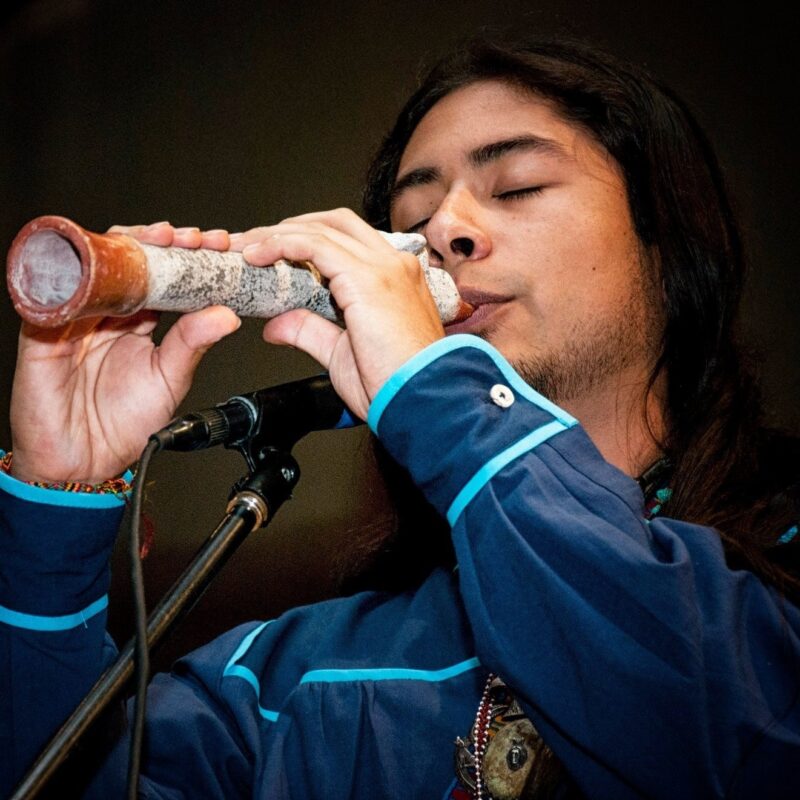
Luis García Acevedo, músico
Grabación de instrumentos mesoamericanos
En colaboración con el músico mixteco Luis García Acevedo, de la agrupación musical Yodoquinsi, realizamos grabaciones de gestos, frases, melodías y sonidos de diversos instrumentos y artefactos sonoros dentro de su colección personal. La mayoría de estos instrumentos son de origen mixteco y han sido mencionados en distintos códices como el Becker, Tonindeye y Vindobonensis, entre otros.
Los instrumentos que se grabaron fueron: ocarina biglobular, ocarina murciélago, ocarina pájaro, silbato mixteco, silbato de viento, trompeta acocote, vaso silbador, caracol, flauta carrizo, cántaro, sonaja, bastón sonaja, cascabeles de barro y de metal, huéhuetl (chico y grande), qhu, omichikahuaztli, palma y tortuga.
Ocarina murciélago – Luis García Acevedo
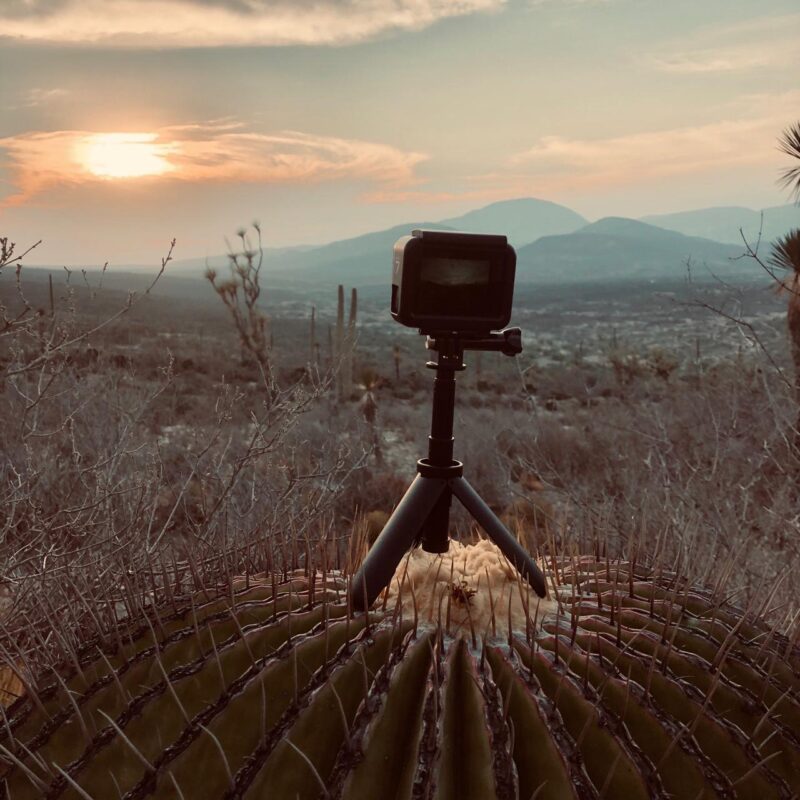
Recording Nature
In conjunction with the technical team and guides, we did a trip along the Mixtec Puebla and Oaxacan border. There we were able to record sounds of water, wind, birds and other natural elements.
The recordings were done in Zapotitlán Salinas, Metzontla Los Reyes, San Juan Raya, Acatepec y Chazumba.

Marco Antonio Lara, filmmaker

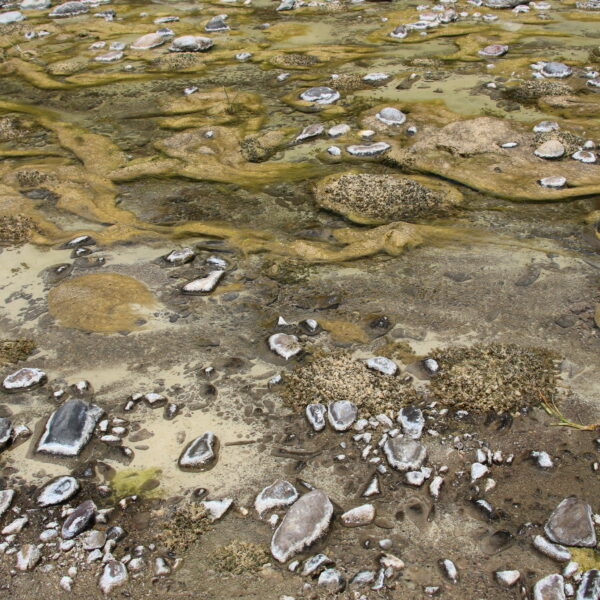


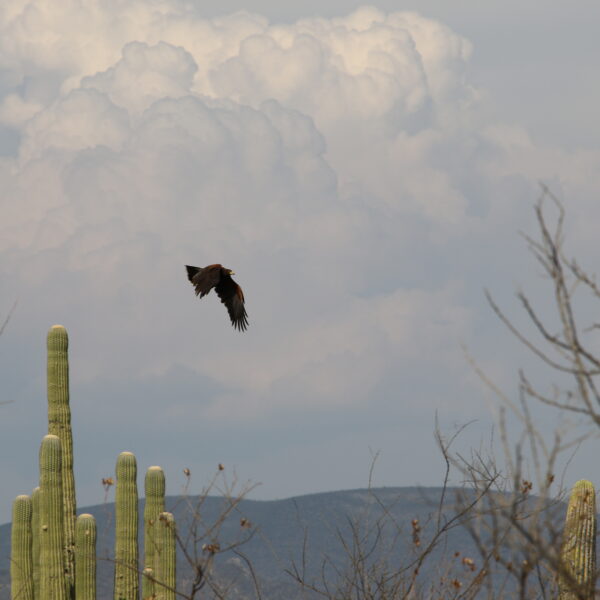

Nadia Ñuu Savi, poet
Grabación de la voz
La poeta mixteca Nadia Ñuu Savi grabó su voz recitando un poema que habla sobre los universos sonoros, el tiempo, los ciclos, el espiral, la gente de la lluvia y la perpetuidad.
Yu ́va tíkàì
Saa ñu’ú,
ñu’ú savi,
chooni savi ñii
yutu ñu’un
Tiempo káka kava ra
ñu ́ma kachi antivi,
kikaa xaa tiloo
ñu ́um kàtì
Patsa ́un tachi kuiso tiempo
ra ndaa kunchee
nikanchii vikó ra kachi,
yu ́uku chi ́i ñuu
yu ́va tíkàì.
Kusu sutsa vixi,
kusu nivi savi,
ntakuatu yuku
ra yuta sita,
tachi kachi ichi ñu’un.
kixi tiempo koo anga yu ́u,
chikui ra savi koo tsaá,
káka yu ́va tíkàì
Pájaros barro,
Tierra lluvia,
Brisa sal,
Árbol fuego
El tiempo se desdobla y
el humo habla en el cielo,
comienza un nuevo circulo
de luz y sombra
El abuelo viento carga el tiempo
y con sus manos reconoce
los horizontes y los nombra,
su boca siembra el mundo
en espiral
Duerme el copal,
sobre la gente lluvia,
los rezos de los cerros
y ríos respiran,
el viento habla junto al fuego.
Venimos de un tiempo sin orilla,
del agua y la lluvia más antigua,
que camina en espiral.

